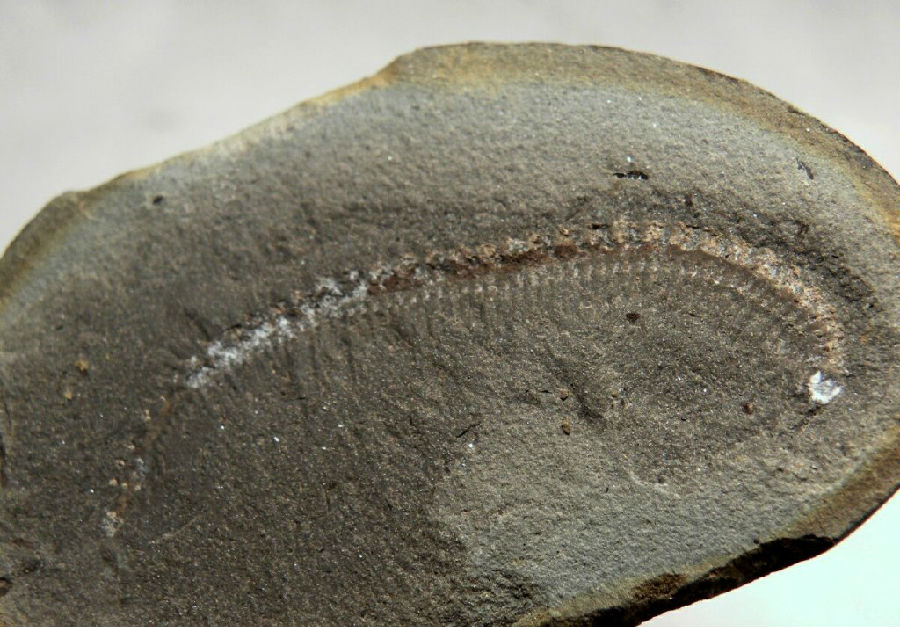By combining their isotope findings with other fossil residues—pollen levels and so on—scientists can, with considerable confidence, re-create entire landscapes that no human eye ever saw.
把對同位素測量的結(jié)果和能夠說明其他情況(如花粉濃度等)的別的化石殘留物結(jié)合起來,科學(xué)家就能很有把握地重新構(gòu)筑人類沒有見過的整個場景。
The principal reason oxygen levels were able to build up so robustly throughout the period of early terrestrial life was that much of the world's landscape was dominated by giant tree ferns and vast swamps, which by their boggy nature disrupted the normal carbon recycling process. Instead of completely rotting down, falling fronds and other dead vegetative matter accumulated in rich, wet sediments, which were eventually squeezed into the vast coal beds that sustain much economic activity even now.
氧氣之所以能在整個早期陸地生命的時期積聚到十分充足的濃度,主要是因為世界上許多地方存在大量高大的桫欏和大片沼澤地,它們天生就能打亂正常的碳再循環(huán)過程。落葉和其他死去的植物性物質(zhì)不是完全腐爛,而是積聚在肥沃而又潮濕的沉積物之中,最后被擠壓成大片的煤層。即使到了現(xiàn)在,那些煤層仍然支撐著大量的經(jīng)濟活動。

The heady levels of oxygen clearly encouraged outsized growth. The oldest indication of a surface animal yet found is a track left 350 million years ago by a millipede-like creature on a rock in Scotland. It was over three feet long. Before the era was out some millipedes would reach lengths more than double that.
高濃度的氧氣顯然促使生物長得高大。迄今發(fā)現(xiàn)的能表明陸地動物最古老的跡象的,是35000萬年前由一只節(jié)肢動物似的家伙留在蘇格蘭一塊巖石上的一條痕跡。它有一米多長。在那個時代結(jié)束之前,有些節(jié)肢動物的身長會超過那個長度兩倍。
With such creatures on the prowl, it is perhaps not surprising that insects in the period evolved a trick that could keep them safely out of tongue shot: they learned to fly. Some took to this new means of locomotion with such uncanny facility that they haven't changed their techniques in all the time since.
由于存在這種悄悄覓食的動物,那個時期的昆蟲漸漸設(shè)計出一種對策,能夠躲開飛快伸過來的舌頭:它們學(xué)會了飛行。這也許是不足為怪的。有的昆蟲漸漸習(xí)慣于這種新的活動方式,而且達(dá)到了非常熟練的程度,自那時以來一直沒有改變這種技術(shù)。












